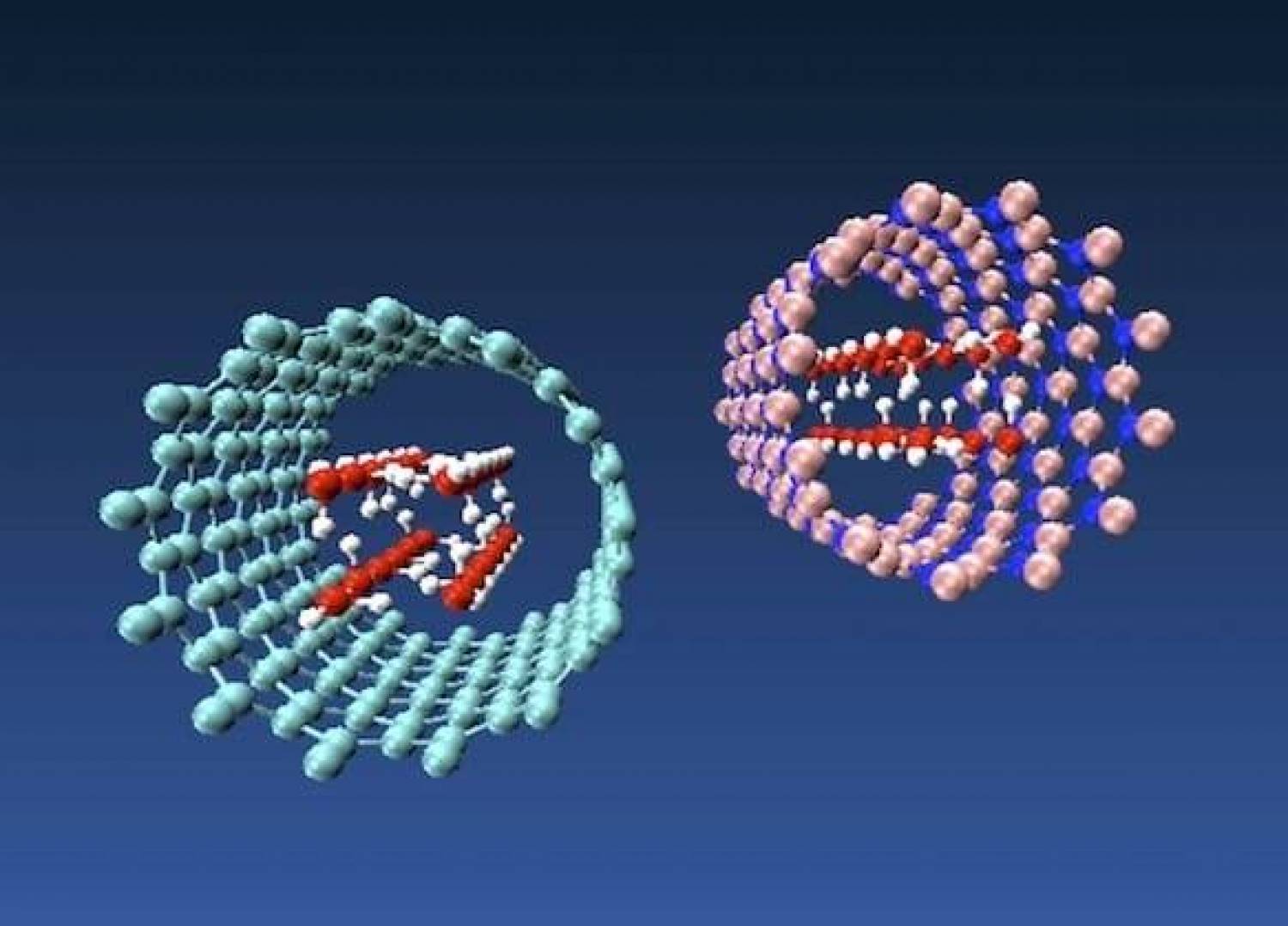Do you have any questions? Email Us
[email protected]

Boron nitride nanotubes (BNNTs) and carbon nanotubes (CNTs) are similar in many respects. Their phonon transmission is very similar, and the theoretical thermal conductivity of the two is similar. Recently, a research group reported that BNNTs can load a large number of non-uniformly loaded heavy metal molecules on their surface, and can generate a large heat flow in the direction of mass density reduction. Therefore, if BNNTs thermal rectifiers can be manufactured, they will have great potential in nanoscale calorimeters, microelectronic processors, refrigerators and energy-efficient buildings.
Another important thermal property of BNNTs is its excellent high temperature oxidation resistance. Studies have shown that high-purity multi-walled BNNTs prepared at 1500 °C can maintain stability in air at around 1100 °C. However, at 500 °C, CNTs prepared by CVD have begun to oxidize.
In general, BNNTs have superior thermochemical stability compared to CNTs. Because BNNTs can be used in harsh environments with high temperatures and chemical reactivity, their role in nanotube-based equipment is perfect. The thermal stability and chemical inertness of BNNTs may also have important applications in nanotube-based devices such as field emission devices for flat panel displays, scanning tunneling electron microscopy (STM) and atomic force scanning electron microscopy (AFM) top emission portion.
Although BNNTs are very similar in structure to CNTs, their electrical properties are quite different. Theoretical calculations show that BNNTs have a generally uniform band gap width (approximately 5.5 eV) regardless of their diameter, wall layer and chirality, exhibiting semiconducting properties, while the CNTs band gap width is sensitive to nanometers. The diameter and chirality of the tube change, showing properties from metal to semiconductor. In addition, carbon-doped BNNTs have more stable high temperature and chemical stability compared to CNTs. This opens up a new dimension for C-doped BNNTs in the top-emitting applications of flat panel displays, STM and AFM.
In addition to the points mentioned above, the wetting contact angle of BNNTs is slightly larger than that of CNTs, and the total surface tension is comparable to that of CNTs and untreated graphite fibers; BNNTs also exhibit strong second-order nonlinear optical behavior. The resulting second harmonic and linear photoelectric coefficient values are 30 times higher than those of CNTs, and BNNTs have broad prospects in optical and optoelectronic applications. At present, the literature generally believes that BNNTs are ideal optics in UV applications; high-pressure (in the range of tens of GPa) Raman spectroscopy shows the structural failure characteristics of BNNTs, isotope concentration, and the fixed properties of BNNTs surface ferritin in potential Medical and nano biomaterial applications, etc.
For more information, please visit https://www.preciseceramic.com/products/boron-nitride-bn/